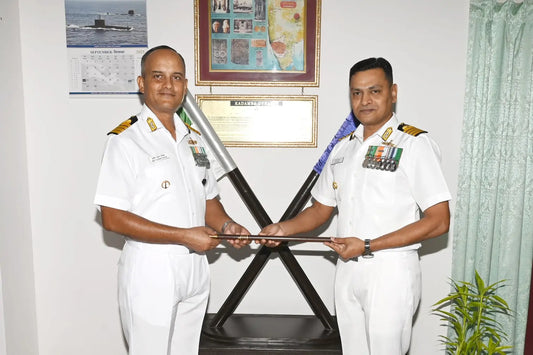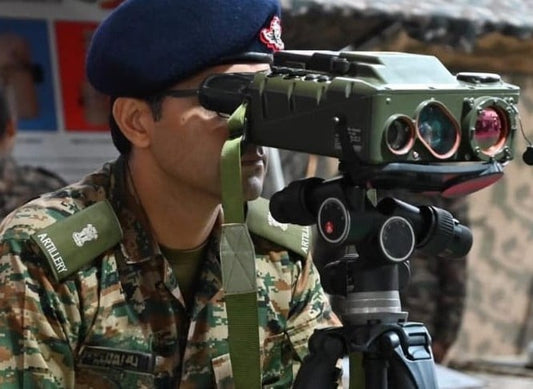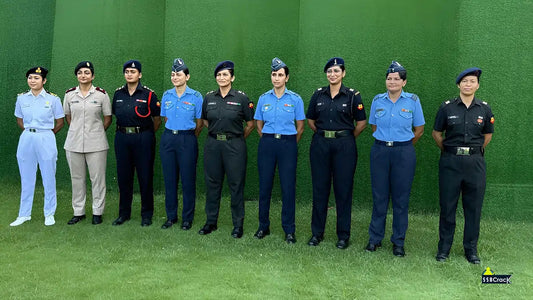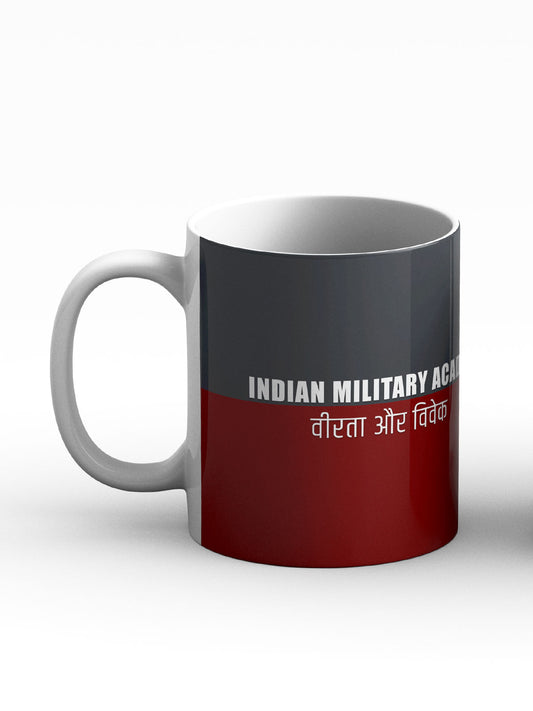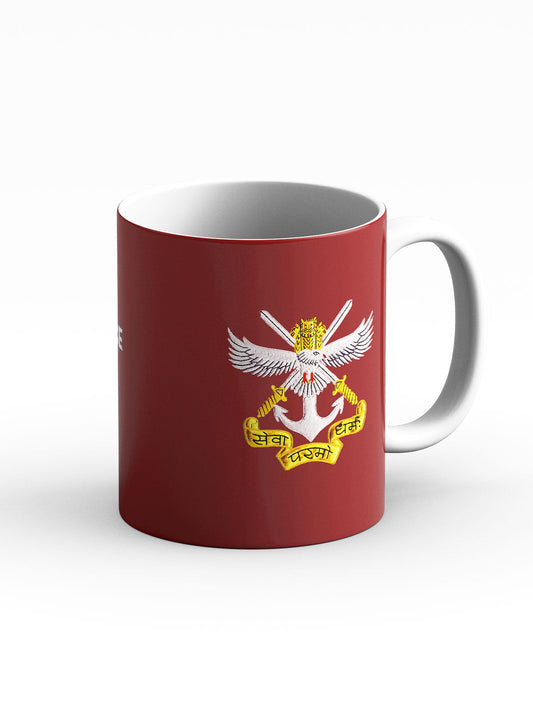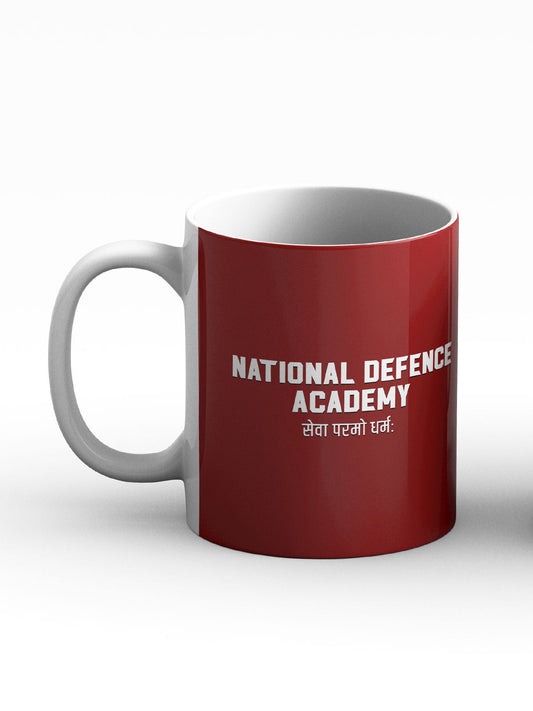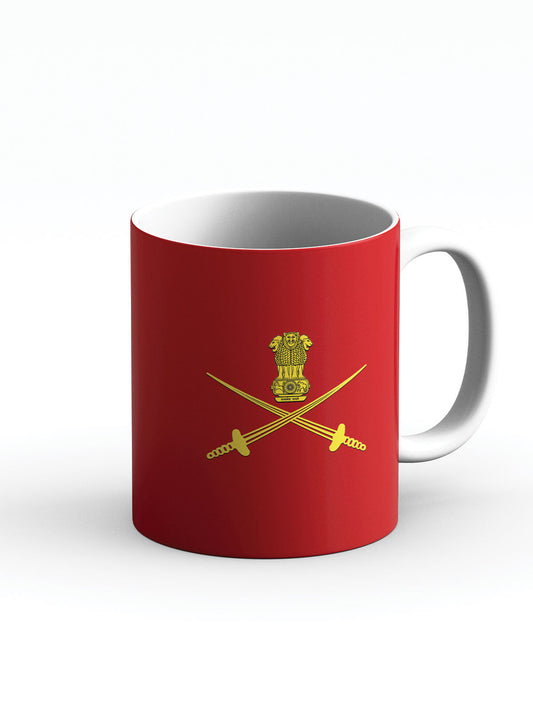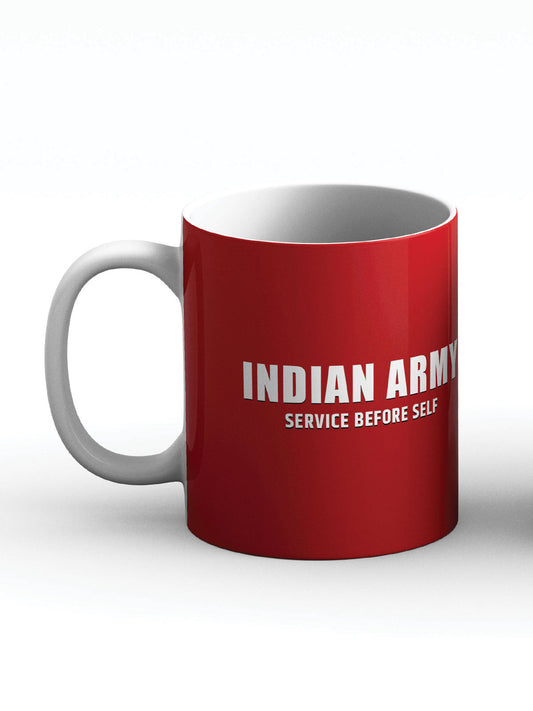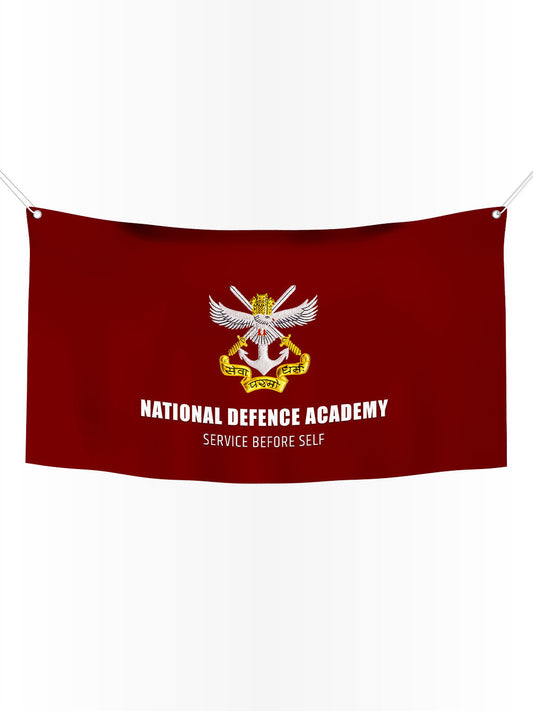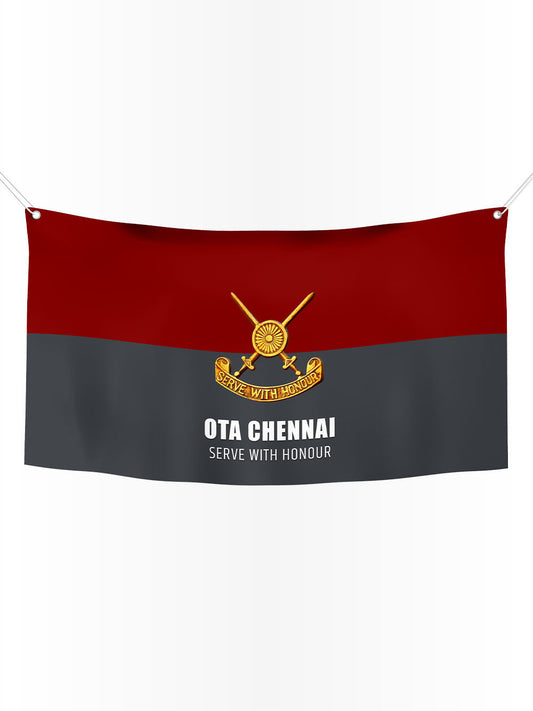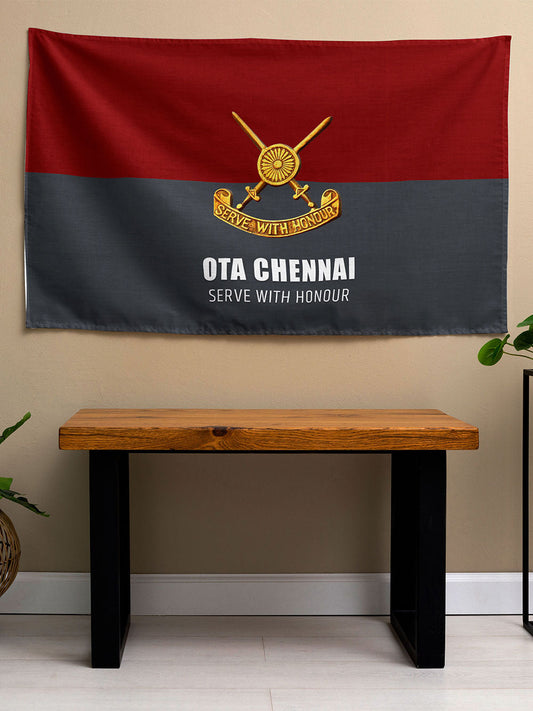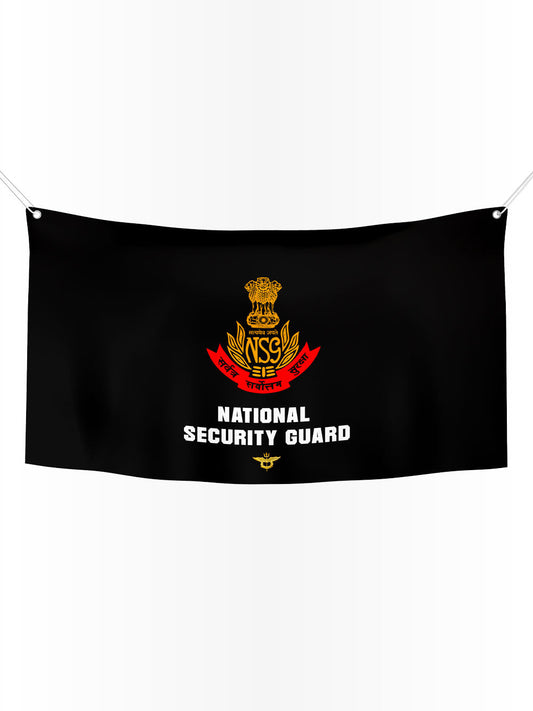Senior Indian Military Officers Receive Joint Operations Training at Western Air Command

A delegation of 120 senior officers from the Indian Army, Navy, and Air Force, presently enrolled in the 54th Higher Command Course at the Army War College in Mhow, Madhya Pradesh, visited the Western Air Command (WAC) headquarters today. The purpose of the Thursday afternoon visit was to familiarize these future military leaders with joint military operations and provide them with a comprehensive understanding of the Air Force's operational concepts within the Western Air Command's Area of Responsibility (AOR).
Located in New Delhi, the Western Air Command is the largest regional command of the Indian Air Force, responsible for the aerial defense of northern India. Its jurisdiction extends from Jammu and Kashmir to Rajasthan, covering pivotal states like Himachal Pradesh, Punjab, Haryana, New Delhi, and western Uttar Pradesh. Initially established as the No. 1 Operational Group in 1947, the WAC has been instrumental in several significant conflicts since India's independence, including the Indo-Pakistani War of 1947, the Sino-Indian War of 1962, the Indo-Pakistani Wars of 1965 and 1971, Operation Pawan in Sri Lanka (1986), and Operation Safed Sagar during the 1999 Kargil War.

During the Kargil conflict, WAC's strategic significance was highlighted by its execution of over 5,000 sorties. Additionally, the command plays a crucial role in air logistics, exemplified by its efforts in supplying troops at the Siachen Glacier with Mi-17 helicopters, a capability developed after the 1962 conflict restructuring.
The officers, drawn from multiple services, were provided with detailed insights into the operational strategies of WAC. This reflects India's increasing focus on integrated military planning, which is essential given the strategic landscape in South Asia, marked by tensions with China and Pakistan. The training emphasized the significance of interoperability and joint operations, concepts that have become crucial with the advent of modern warfare technologies, including C4ISTAR systems (Command, Control, Communications, Computers, Intelligence, Surveillance, Target Acquisition, and Reconnaissance).
The Higher Command Course is offered by the Army War College (AWC) in Mhow, a distinguished defense training and research institution that was established on April 1, 1971, through the merger of the Senior Officers' and Tactical Wings of the Infantry School. The institution was renamed the Army War College on January 1, 2003, and is overseen by a three-star officer.

Known for developing military doctrines and conducting research on tactics, logistics, and contemporary warfare, the college trains approximately 2,500 to 3,000 officers annually from the Indian Armed Forces and paramilitary units. It also accommodates about 100 foreign military officers each year, thereby facilitating international cooperation.
The AWC's curriculum focuses on synchronized operations across services, validated through war games, seminars, and conceptual studies. Its publication, the War College Journal, formerly the Combat Journal, shares research and insights. Situated strategically in Mhow, the college's emphasis on adapting to modern technologies and operational contexts cements its role as a vital part of India's military education system, preparing leaders for complex scenarios along the nation's northern borders.
The visit to WAC represents a pivotal step in boosting the operational preparedness of India's future military leadership, building on historical conflict experiences and the evolving demands of contemporary warfare.
